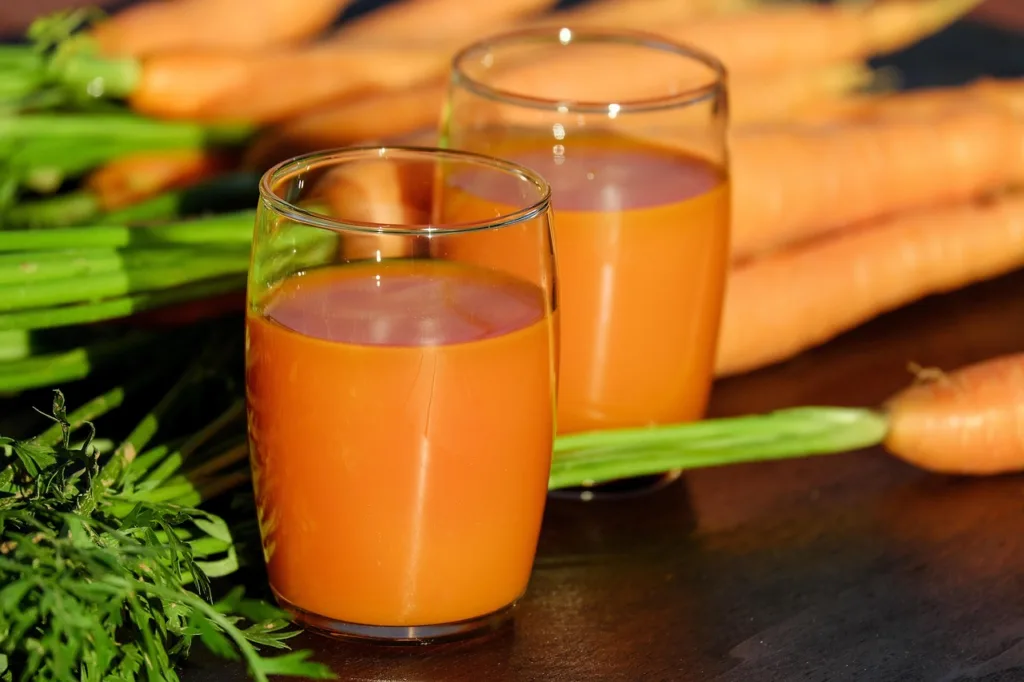Lake Tahoe hovers at 6 225 ft (1 897 m)—high enough to make even seasoned hikers notice their pulse. Add the caloric restriction of a juice fast and you have a recipe that deserves careful planning, not panic. Below we unpack how altitude changes the rules of cleansing, which nutrients (and fluids) keep you stable, and the red-flag symptoms that mean it’s time to pause the detox and head downhill.
1 | How Altitude Alters Your Juice Fast
| Physiological Shift | What Happens at 6 225 ft | Why It Matters for a Cleanse |
|---|---|---|
| Lower oxygen pressure | Blood O₂ saturation drops 5-10 % | Muscles rely more on glucose—low-calorie fasting can trigger dizzy spells. |
| Faster respiration + dry air | You exhale—and lose—more water | Dehydration risk doubles; juices alone seldom supply enough fluid. |
| Increased diuresis | Body dumps sodium & water to adapt | Electrolyte wash-out → headaches, arrhythmia if not replaced. |
2 | Hydration Rules of Thumb
- Baseline: drink
½ your body-weight (lbs) in ounces of water daily.
150 lb person → 75 oz / 2.2 L. - Add 1 cup (240 ml) for every hour of light activity; 2 cups for strenuous hikes.
- Use a 0-calorie electrolyte tablet (magnesium + sodium + potassium) in one bottle per day.
- Quick-check: urine should be pale-straw; anything darker = drink.
3 | Nutrient Strategy for High-Elevation Cleansing
- Carbohydrate focus (≈70 % of juice calories)
- Beet–apple–ginger, orange–carrot, or pineapple–banana blends support endurance.
- Iron-rich additions – spinach, Swiss chard, parsley
- Promote red-blood-cell function in thin air.
- B-vitamin boosters – brewer’s yeast, wheatgrass shots
- Aid energy metabolism when calorie intake drops.
- Warm vegetable broths at night
- Replaces sodium, eases core-temperature drop after sunset.
Skip all-fruit mono-cleanses at altitude; the spike-and-crash glucose curve can mimic early altitude sickness.
4 | Medical Precautions Before You Fast
- Get a green light from your GP if you have heart disease, anemia, diabetes, or thyroid disorders.
- Avoid juice fasting the first 24–48 h after arrival—give your body time to acclimatise.
- Know the AMS (Acute Mountain Sickness) symptoms:
- throbbing headache
- persistent nausea
- unsteady gait
- mental fog beyond typical detox “brain-cloud”
If these appear, stop the fast, hydrate aggressively, and descend if possible.
- Pack a pulse oximeter; readings <88 % at rest warrant medical review when fasting.
5 | A Safe Juice-Fasting Schedule for Lake Tahoe
| Time | Action |
|---|---|
| 6:30 a.m. | 10 min belly-breathing; 12 oz warm water + electrolytes |
| 7:00 | 12 oz carrot–orange–ginger juice (simple carbs) |
| 9:00 | EASY walk <2 mi; sip plain water |
| 10:30 | 14 oz spinach–apple–lemon + ¼ tsp Himalayan salt |
| 12:30 p.m. | Midday rest; legs elevated 10 min |
| 2:00 | 12 oz beet–cucumber–pear juice |
| 4:00 | Optional gentle yoga; monitor O₂ sat |
| 5:30 | 14 oz warm vegetable broth with parsley & celery |
| 7:30 | Chamomile tea; journaling; lights out by 9:30 |
6 | When to Stop the Cleanse
- Resting heart-rate rises >20 bpm above normal
- O₂ sat persistently <88 % despite rest
- Severe headache unrelieved by fluids and electrolytes
- Vomiting or inability to keep juice down
Breaking the fast? Start with a small bowl of miso soup and half an avocado—then transition to oatmeal or steamed vegetables over the next 24 h.
FAQ – Juice Fasting at High Altitude
Can I begin a juice fast the same day I arrive in Tahoe?
No. Give yourself one full day of normal balanced meals so your body can start acclimating before you remove solid food.
Which juices are worst for altitude?
Straight watermelon or apple juice. They deliver glucose without minerals, spiking blood sugar and flushing electrolytes.
Is coffee allowed during an altitude juice cleanse?
Ideally skip it—caffeine is a diuretic and worsens dehydration. If withdrawal headaches loom, limit to one small cup and match with 500 ml extra water.
Final Takeaway
A juice fast can still be a mindful reset in Lake Tahoe’s alpine calm—if you respect the altitude. Hydrate beyond comfort, favour carb-and-iron-dense blends, build in an acclimation buffer, and treat any AMS sign as a hard stop. Your lungs, brain and future trail miles will all breathe a little easier.

